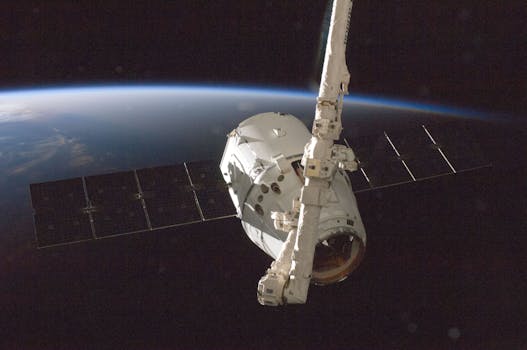
Introduction to LEO Satellites: Revolutionizing Global Connectivity
LEO satellites, or low Earth orbit satellites, are a type of satellite that operates in an orbit between 160 and 2,000 kilometers above the Earth’s surface. The Focus Keyword LEO satellites have gained significant attention in recent years due to their potential to provide global connectivity, improve communication services, and enable a wide range of applications such as Earth observation, navigation, and satellite communications.
Benefits and Characteristics of LEO Satellites
One of the primary advantages of LEO satellites is their ability to provide low-latency communication services. Since they are closer to the Earth’s surface, signals transmitted to and from LEO satellites experience less delay compared to traditional geostationary satellites. This makes LEO satellites ideal for real-time applications such as video conferencing, online gaming, and remote healthcare. Additionally, LEO satellites have a lower power requirement, which reduces the cost of launching and operating them.
Applications of LEO Satellites
LEO satellites have a wide range of applications, including global connectivity, Earth observation, navigation, and satellite communications. They can be used to provide internet access to remote and underserved communities, enabling them to access essential services such as education, healthcare, and financial services. LEO satellites can also be used for Earth observation, providing high-resolution images and data on the environment, climate, and natural resources.
Challenges and Future Developments
Despite the potential benefits of LEO satellites, there are several challenges that need to be addressed. One of the main concerns is the risk of collisions between LEO satellites and other objects in Earth’s orbit. This has led to calls for more effective regulations and standards for the operation of LEO satellites. Another challenge is the need for sustainable and environmentally friendly technologies to reduce the impact of LEO satellites on the environment.

